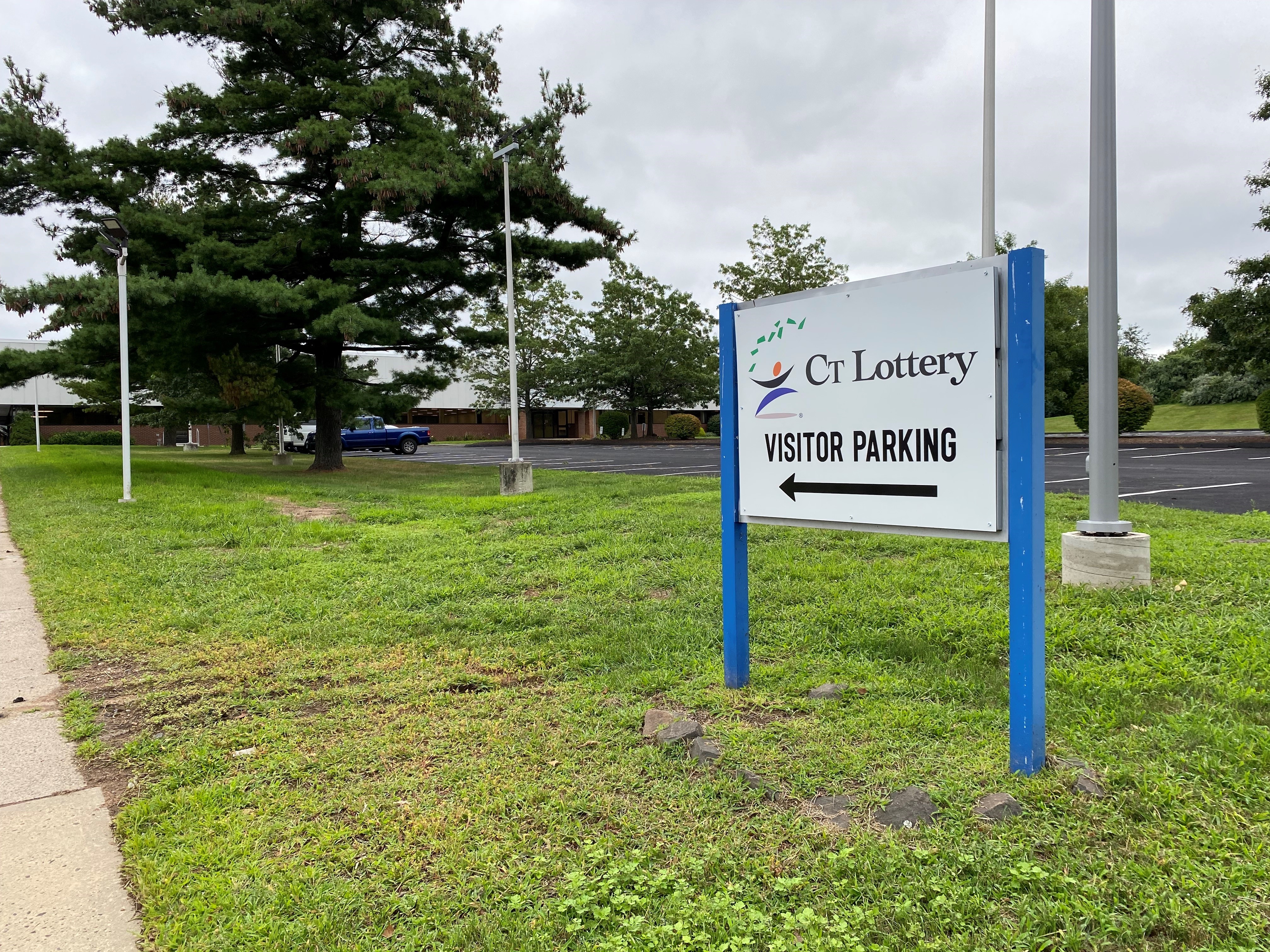What to Know
- A World War II-era B-17 bomber crashed at Bradley Airport Wednesday, 5 minutes after taking off. Smoke was seen coming from the plane.
- Seven people were killed in the crash and eight others were injured.
- Several organizations are investigating, including the NTSB. A team of 10 NTSB staff will be in Connecticut for up to 10 days to investigate
State police have identified the victims who were killed and injured when a vintage World War II B17 plane crashed at Bradley Airport in Windsor Locks Wednesday morning and the investigation into what caused that plane crash is just beginning.
A team from the National Transportation Safety Board arrived in Connecticut Wednesday to begin their investigation and they expect to be here for a week to 10 days.
Seven people died and eight others were injured when a 1944 World War II-era B-17 aircraft crashed at the end of a runway around 10 a.m. Wednesday. The NTSB said Thursday investigators were able to determine the plane took off around 9:45 a.m. and radioed in at 9:50 a.m. The crash happened three minutes later.
About the Victims of the B-17 Plane Crash
The survivors have injuries ranging from minor to critical. Two of the survivors are members of the Simsbury Volunteer Fire Department.
One of the firefighters has been working with the department for more than 15 years while the other has been with the fire department for a little over five years.
The Connecticut Air National Guard said one of their members was also a passenger and was taken to Hartford Hospital for treatment.
State police released the names of the victims on Thursday afternoon.
Two members of the crew, the 75-year-old pilot, Ernest McCauley, of Long Beach California; and the co-pilot, 71-year-old Michael Foster, of Jacksonville, Florida are presumed dead. The flight engineer, 34-year-old Mitchell Melton, of Dalehart, Texas, was injured.
One passenger who died has been identified as 56-year-old David Broderick, of West Springfield, Massachusetts. Four others are presumed dead: 66-year-old Gary Mazzone, of Broad Brook; 48-year-old James Roberts. of Ludlow, Massachusetts; 59-year-old Robert Riddell, of East Granby; and 64-year-old Robert Rubner, of Tolland, according to state police.
Local
The injured passengers include 36-year-old Andy Barrett, of South Hadley, Massachusetts; 62-year-old Linda Schmidt, of Suffield; 62-year-old Tom Scmidt, of Suffield; 48-year-old Joseph Huber, of Tariffville; and 54-year-old James Traficante, of Simsbury.
One airport staff member, Andrew Sullivan, 28, of Enfield, was injured in the crash.
Mazzone retired in January as a prosecutor's office inspector and previously was a Vernon police officer for 22 years.
The wife of Robert Riddell, an insurance company analyst from East Granby, said in a Facebook post that her husband was among those killed.
Robert Riddell had posted a photo from inside the plane just before takeoff.
James Roberts worked at Hood and was a talented artist who hoped to one day publish a comic book.
Connecticut State Police said any immediate family members looking for information on the plane crash can call the CSP Message Center at 860-685-8190.
State police said during a news conference on Thursday afternoon that all but one family had been notified.
The Investigation Into the B-17 Plane Crash at Bradley Airport
The NTSB arrived on scene late Wednesday and said they expect to be on site for seven to 10 days.
“On behalf of the NTSB, we’d like to extend our deepest condolences to those who lost loved ones in this tragic event,” NTSB board Member Jennifer Homendy said during a news conference on Wednesday evening. “For those who were injured, we wish a speedy and full recovery.”
The plane was at Bradley Airport for the "Wings of Freedom Tour" sponsored by the Collings Foundation. The B-17 bomber was known at one point as the "Flying Fortress" or the 909. The foundation has canceled the last day of the event.
The plane's last major inspection was in January 2019, though the results of those inspections are not yet known, Homendy said Thursday. The NTSB is investigating a number of possible factors, including the type of fuel used. They are also looking into witness reports that the plane may have been having engine problems before it even took off.
As the investigation into the fatal crash begins, the NTSB said their mission is to determine what happened, why it happened and to prevent it from ever happening again.
The NTSB has requested a number of documents, including the training records for flight crews and transcripts of communications. The investigative team has already received witness photos and videos, as well as airport security video. Significant pieces of the plane that remain to help in the investigation.
The NTSB team in Connecticut includes 10 people, including investigators who have expertise in operations and air worthiness. They said they will also have a drone specialist who will help document the scene.
Members of the NTSB family assistance division will also be available to help connect the families with the resources they need.
The NTSB is asking anyone with information, pictures or video to email witness@ntsb.gov.
Just before the crash, the pilot signaled that there was engine trouble.
The aircraft indicated to the tower that it was experiencing problems gaining altitude and attempted to return to the airport but lost control, according to the airport authority.
The NTSB said the crew contacted the tower, reported an issue with the airplane, circled back to Runway 6 in an attempt to land, but the aircraft “impacted the instrument landing system’s stanchions” and the plane veered to the right, crossed over a grassy area and taxiway and “impacted a deicing facility.”
The NTSB, citing preliminary information, said the tail number of the aircraft that crashed is N93012 and it is operated by the Collings Foundation, out of Stow, Massachusetts.
The team expects to issue a preliminary report after 10 days, which will provide the information that they have at that time.
Determining the probable cause of the crash, however, will take some time, Homendy said.
She said the NTSB tries to close out investigations in 12 to 18 months and issues a report with recommendations to the appropriate entities.
The Collings Foundation released a statement about the crash on Wednesday morning.
"Our thoughts and prayers are with those who were on that flight and we will be forever grateful to the heroic efforts of the first responders at Bradley," the foundation said.
"The Collings Foundation flight team is fully cooperating with officials to determine the cause of the crash of the B-17 Flying Fortress and will comment further when details become known," foundation officials added.
Since 1982, the NTSB has investigated 21 accidents involving WWII-era bombers. Three involved B-17Gs, similar to the plane involved in this crash. Those 21 incidents resulted in 23 fatalities and one injury.
There are currently 16 Boeing B-17Gs registered in the United States right now, according to the NTSB. This plane was purchased by the Collings Foundation in 1986. It was built in 1944 and has four piston-driven engines.
On Friday, the NTSB plans to document the site and move the wreckage.
History of the Vintage B-17 That Crashed at Bradley Airport
According to NTSB Aviation Accident Data, the same plane was involved in a crash on Aug. 23, 1987 in Beaver Falls, Penn. In that incident, one serious injury and two minor injuries were reported. The damage to the aircraft at the time was determined to be "substantial."
The NTSB said part of the investigation will include the history of the aircraft and how it was maintained.
Bradley Airport Operations
The main runway at Bradley remains closed due to the crash. Airport officials said Thursday the closure is not affecting operations.
The NTSB has released the runway so it can be put back in service, but there is some work that needs to be done.
“The damage is really to the approach lighting system. That’s what we’re going to be working with the FAA to see how quickly they can get out there to repair that system. But we can still utilize the runway without that system in place. It just changes some of the landing minimums for the airport, not having that system," Kevin Dillon of the Connecticut Airport Authority explained.
The runway closure could become an issue if the airport sees high winds or too much rain, but for the time being, flights aren't being affected.
The bigger issue is the damage to the de-icing facility. Dillon said with the winter season fast approaching they need to restore the facility to capacity.
Bradley released a statement on Thursday.



